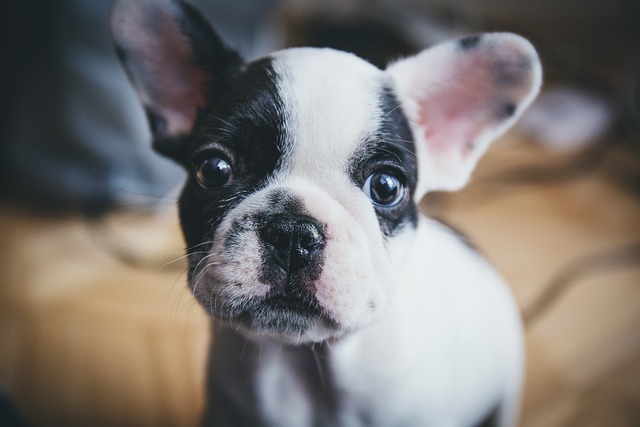
How to train your puppy to like grooming?
Grooming your puppy should be a bonding experience, not a wrestling match. But those tiny paws batting at the brush and squirms during nail trims can make it seem impossible.
Coming home to another puddle on the carpet or a surprise in the corner can be frustrating, but potty training doesn’t have to be a never-ending battle. With patience, consistency, and a few tried-and-true strategies, you can teach your dog where to “go” faster than you might think.
First things first: understand your dog’s needs. Puppies have tiny bladders and can’t hold it for long—expect to take them outside every 1-2 hours, especially after eating, drinking, sleeping, or playing. Adult dogs can usually wait 4-6 hours, but they still need regular breaks. Many local ordinances require pet owners to clean up after their dogs in public spaces, so establishing good habits early helps avoid fines and keep neighborhoods clean.
Choose a specific spot outside for your dog to do their business. Whether it’s a patch of grass or a gravel area, always take them to the same place. Dogs have a strong sense of smell, and associating one spot with “potty time” speeds up the learning process. Use a consistent command like “go potty” or “do your business” right before they start, so they learn to associate the words with the action.
Positive reinforcement is key. The moment your dog goes potty in the right spot, shower them with praise, treats, and belly rubs. A tiny piece of their favorite kibble or a soft chew works wonders. Avoid scolding or punishing accidents; it only makes your dog anxious and confused. Remember, accidents are part of the process, especially in the beginning.
 Create a routine and stick to it religiously. Feed your dog at the same times each day, which helps regulate their bathroom schedule. Take them outside immediately after meals, and keep an eye out for signs they need to go, like sniffing the ground, circling, or whining. Even on busy days, make time for those crucial potty breaks—neglecting them can lead to setbacks.
Create a routine and stick to it religiously. Feed your dog at the same times each day, which helps regulate their bathroom schedule. Take them outside immediately after meals, and keep an eye out for signs they need to go, like sniffing the ground, circling, or whining. Even on busy days, make time for those crucial potty breaks—neglecting them can lead to setbacks.
Crate training can be a game-changer. Dogs naturally avoid soiling their sleeping areas, so a properly sized crate gives them a den-like space where they feel safe. Don’t use the crate as punishment, though. Instead, make it a cozy spot with a blanket and toys. But never leave your dog in the crate for too long; local animal welfare laws limit the duration of confinement to prevent distress.
For indoor accidents, clean them thoroughly with an enzymatic cleaner. Regular household cleaners don’t eliminate the urine’s odor completely, and your dog may be tempted to mark the same spot again. Many communities also have rules about keeping homes free from excessive pet waste odors to maintain a healthy living environment.
If your dog is having trouble catching on, consult a professional dog trainer or your veterinarian. There could be underlying medical issues causing accidents, like urinary tract infections or digestive problems. In some areas, licensed trainers can provide guidance that aligns with local animal behavior regulations, ensuring your training methods are both effective and ethical.
Potty training is all about building trust and communication with your dog. It takes time, but seeing that light bulb moment when they finally “get it” makes every cleanup session worth it. By following these tips and staying consistent, you’ll have a reliably house-trained pup in no time, while also being a responsible pet owner in your community.

Grooming your puppy should be a bonding experience, not a wrestling match. But those tiny paws batting at the brush and squirms during nail trims can make it seem impossible.
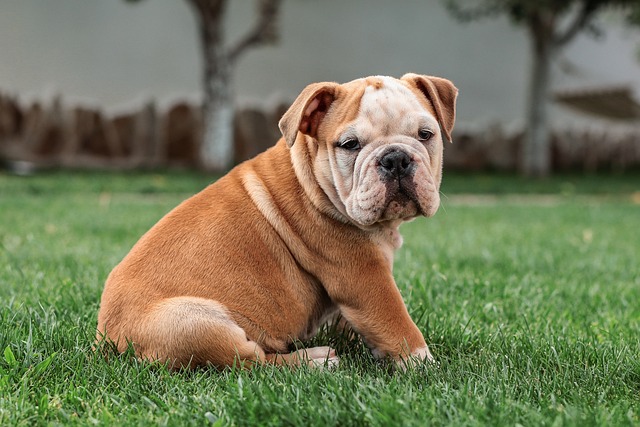
Bringing a new puppy home is a whirlwind of joy, but those unexpected puddles on the rug can quickly turn excitement into frustration.
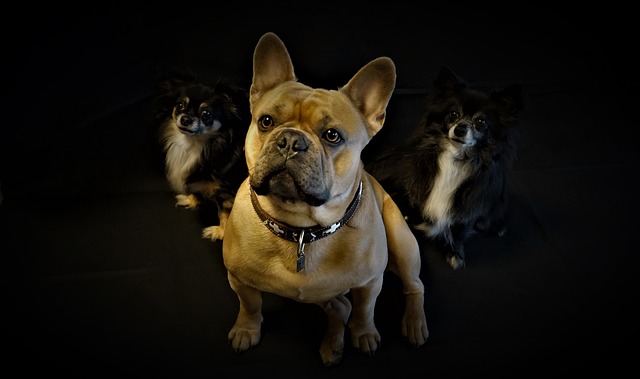
Discover why calming sounds, not harsh noises, are the key to reducing dog barking—backed by science and real stories of stress-free pups.
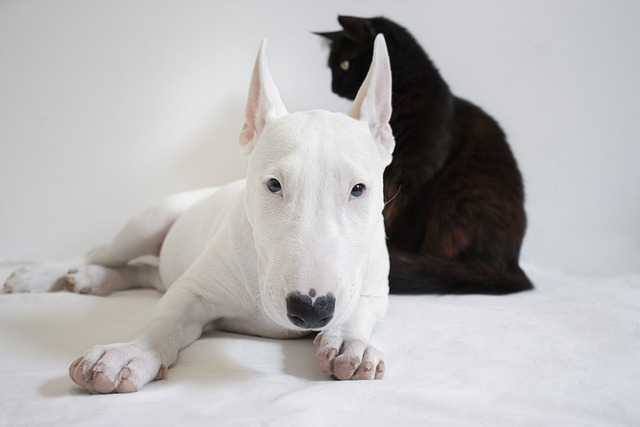
Watching your dogs snarl and snap at each other isn’t just stressful—it can quickly turn dangerous. Aggression between dogs under the same roof can stem from territory disputes, resource guarding, or even underlying anxiety.

That heart-jolting moment: the doorbell rings, and your dog transforms into a fur-covered alarm system. Whether you’re in a Brooklyn walk-up or a suburban split-level
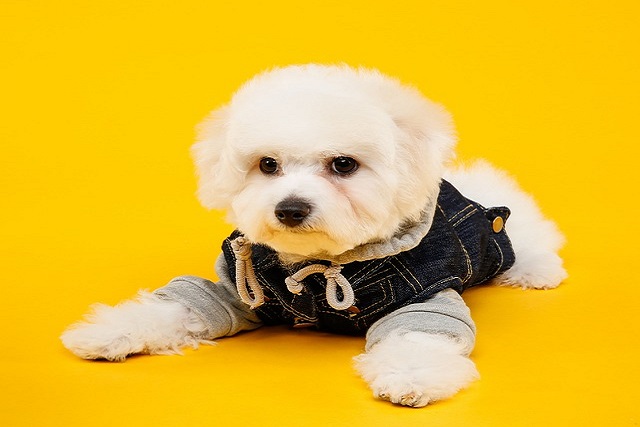
You’re in the middle of an important video call, and your dog won’t stop barking. Or maybe it’s late at night, and your neighbor’s dog’s incessant barking is keeping you up.